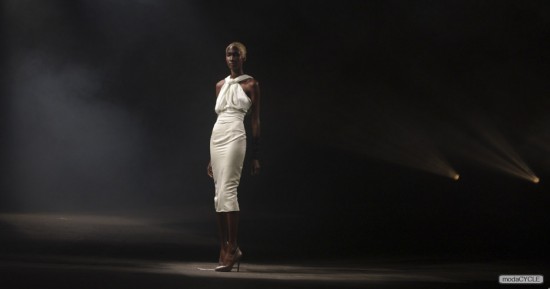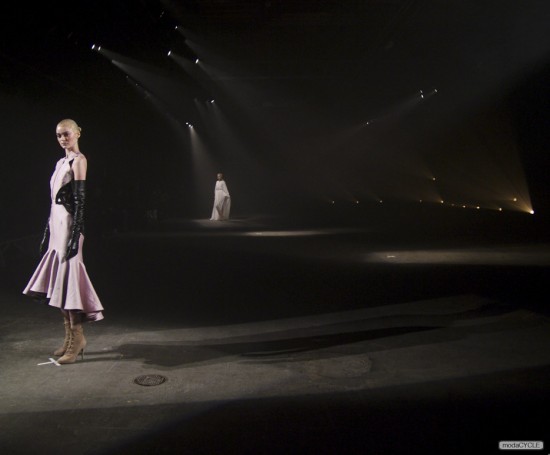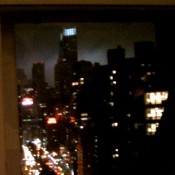story by Seth Freidermann
photos by Charles Beckwith
As the Fall-Winter shows begin, an unusually wide window opens into the shadowy world of the actual business of fashion. We as an industry are, in general, very secretive. Quick, which brands had the best retail season for their Spring-Summer collections? Which emerging designer picked up the most new accounts? Which labels are predictably in financial trouble? Whose arrival in the red is a surprise? Don’t have any answers? Well, that’s not a surprise because we don’t talk about it…ever.

With the notable exceptions of Irmen Armad’s outstanding Business Of Fashion site and the venerable Women’s Wear Daily, no one discuss the actual sales of designer clothing and accessories. Usually in the modern age even privately held businesses of any size have their sales increases or decreases chatted about ad nauseam, but not so in fashion. We here in the rag trade like it murky and opaque. The problem is, I believe, that prevailing attitude is a sign of an immature industry and is damaging to brands.

The fashion industry has an unhealthy tendency to whistle past the graveyard. We like our house the way it is, even if part of it is on fire. This industry must get honest with itself about one thing in particular that most of us know is not working. The area I am speaking on is fashion shows and the growing desire of designers not to do them. This New York Fashion Week reveals a disturbing trend of a fair number of brands that showed at Lincoln Center in recent seasons not returning. While it is true that there are an equal number of new brands in the tents for the first time, most of them will not likely return for next season, opting instead for “off site” venues or no public show at all. Brands are more and more simply having press and buyer appointments in a showroom, either their own, a multi-line, or temporary showrooms set-up in places like hotel suites. This is not intended as an attack on IMG, who have done wondrous things for fashion and New York City, this is an attempt to rip away all artifice and expose the following simple truth: increased spending on fashion shows does not increase sales of your brand. These brands that are turning away from shows are for the most part good businesses simply honoring the math in their face. The return on investment on a large public fashion show does not make you more money, so why do them? But the public spectacle of the shows and the fashion weeks is exceptionally good for our industry as a whole, and there’s the rub. Fashion Week good for fashion but shows no longer worth it for individual brands.

Here is what I propose as a solution. Sell the broadcast rights of the shows of New York Fashion Week and Mercedes-Benz Fashion Week to a major television network. This is our Olympics, and it can and should be covered like one. The amount of advertising revenue that a network could generate would be enormous, and the increased exposure for brands would quickly return their appetites for shows to the point of salivating. The major shows would be the prime time slots and the emerging designers would fill the roles of rising talent shows in the manner of an American Idol without the distasteful enforced competition. The eight or nine days of New York Fashion Week could be filled with premieres of fashion videos and interviews with our industry’s stars and characters. There would, in fact, be zero difficulty in filling up air time, what with over two hundred fashion related events crammed into eight days. While IMG and Milk can negotiate on behalf of the brands that show in their respective venues, the brands that opt for “off site” shows can conduct their own bidding process. It could add up to nice chunk of change for brands and venues even for some of the smaller spaces and labels who have great talent and can produce visually stunning shows that quickly get a reputation as “must see”. Honestly, who wouldn’t want to watch The Blonds show or the visual feast of Marchesa? I will say that this would absolutely kill the traditional stand and model presentation, but I’m not so sure that would be all that horrible, I suspect the models wouldn’t mind seeing it die. I always welcome feedback on these monthly pieces of mine but I’d love a robust discussion on this one in particular. Let’s hear it, are we ready for “The CFDA Open” in Prime Time?








